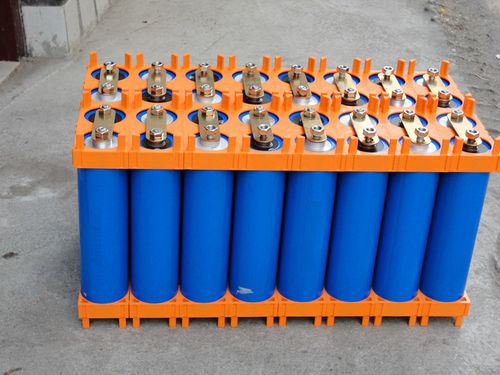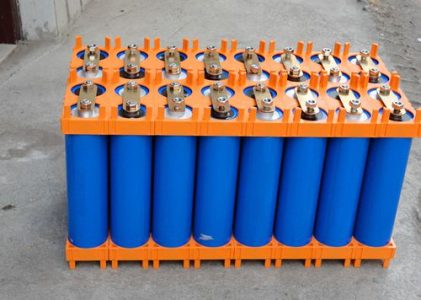We will delve into the assembly process of electric vehicle battery packs. This process is called battery PACK, which covers the processing and assembly of lithium battery packs. In a battery pack, key components such as battery cells, battery protection plates, battery connectors, and label paper are processed through a series of combinations to form a complete battery pack. So, what exactly is this series of processes? Let’s learn together.
The first step in battery assembly is sorting and grouping.
The purpose of this step is to group batteries with similar performance in a reasonable manner. During the sorting process, we carefully classify batteries based on key variables such as battery ohmic resistance, polarization resistance, open circuit voltage, rated capacity, charge discharge efficiency, and self discharge rate. In this way, we can classify batteries with good parameter consistency into the same category, ensuring a significant improvement in the internal consistency of the battery pack during subsequent use, thereby improving the efficiency of module use and extending its overall lifespan.
The second step is to assemble the lithium battery cells and connect them to the fixture, followed by welding with an automatic welding machine.
When assembling fixtures, it is necessary to strictly follow the SOP provided by the PE engineer to ensure the correct order of the positive and negative poles of the battery cells, in order to prevent short circuit accidents from occurring. After completing the fixture setup, insert the battery cells and start the automatic welding machine for spot welding operation.
Step three, weld the lithium battery pack to the PCM/BMS.
PCM or PCB (protective circuit module or circuit board) plays a crucial role in lithium battery packs, acting as the “heart” of the battery pack, responsible for protecting the battery from potential risks such as overcharging, overdischarging, and short circuits, thereby preventing explosions, fires, or damage that the battery pack may cause. For low-voltage lithium battery packs with fewer batteries (<20), PCM with balancing function should be preferred to maintain the balanced state of each battery and extend its service life. For high-voltage lithium battery packs containing more than 20 batteries, advanced BMS (Battery Management System) should be considered to monitor the performance status of each battery in real time, ensuring that the battery pack can operate more safely.
Step four, perform semi-finished insulation treatment.
This involves necessary fixing and insulation measures for voltage acquisition lines, wires, and positive and negative output lines. During the installation process, special care should be taken to ensure that there is no overlapping compression on the voltage collection or output wires of the battery pack, thereby preventing short circuit problems caused by compression damage.
Step five, conduct semi-finished product testing.
After the battery assembly is completed, BMS needs to be added for a series of tests to ensure the quality and performance of the product. These routine tests include simple charge and discharge tests, whole group internal resistance tests, whole group capacity tests, as well as specialized tests such as overcharging, overdischarging, short circuit, and overcurrent. In addition, according to special requirements, more complex tests such as high temperature, low temperature, needle puncture, drop, and salt spray may also be required. During the testing process, it is necessary to closely monitor the battery pack's ability to withstand high voltage. For example, in the overcharge test, the BMS should be observed for its ability to withstand high voltage. In the short circuit test, it should be tested for its ability to withstand instantaneous high voltage and current. In the overcurrent test, the BMS's ability to withstand pulse current should be examined. Only after passing all tests can we proceed to the next packaging stage.
Step six, perform PACK packaging.
Select the appropriate packaging method based on the type of battery pack. For PVC packaged battery packs, they need to be put into a heat shrink machine for packaging; If the battery pack is sealed with ultrasound, it needs to be sealed with an ultrasound machine. For battery packs with metal outer boxes, the outer box assembly is carried out. During the entire process, the battery pack must be handled with care to prevent collision and compression, while ensuring good insulation of the wires to prevent short circuits.
Step seven, complete the group testing.
Put the battery pack into the whole set tester and set the relevant parameters for testing. The main testing items include the voltage, internal resistance, and simple charging and discharging performance of the battery pack. In addition, specialized tests such as overcurrent and short circuit can be selected as needed.
After the seven meticulous steps mentioned above, the battery pack has finally completed the PACK process and transformed into the widely seen lithium battery in the market. From this, it can be seen that every high-quality lithium battery has undergone rigorous PACK technology before being officially launched.


